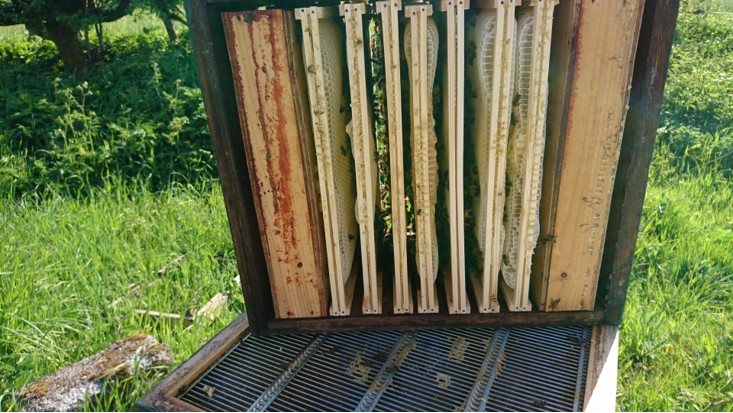
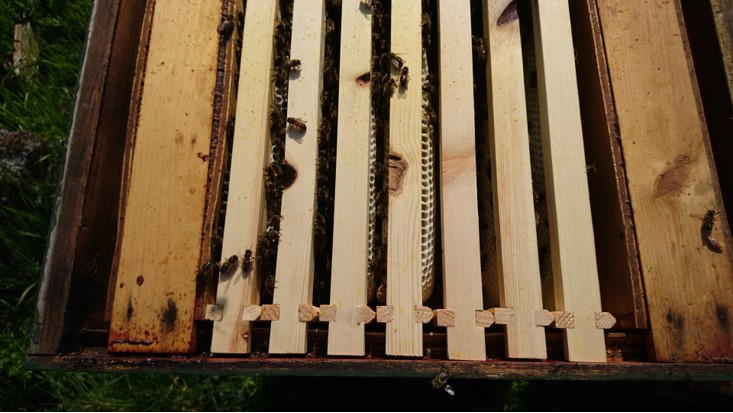
Why use wide dummy boards?
Last year, I visited Enid Brown’s set-up in Fife and was impressed by her use of wide dummy boards and double brood box system. Enid runs around 50 colonies in several out-apiaries and mostly works alone. So, this system works well for her by making the brood boxes easier to handle when full because each deep box contains 7 brood frames and 2 lightweight dummy boards. The bees can build the brood nest like a chimney as they would do in the wild. Imagine also an elongated rugby ball shaped nest. The nest capacity is around 40 litres which is also what bees would opt for when choosing the ideal new nest in the wild. The insulated dummy boards add increased hive insulation for the winter cluster.
The Modified National and Smith hives with 11 deep brood frames hold 50,000 cells (4,500 cells per frame) and they are often not large enough for today’s typical colony size. So, many beekeepers use a double brood box system, or a deep brood box and a shallow box. The latter is commonly referred to as a brood and a half and this was what I was advised to use when I started beekeeping. I’ve since learned how much easier it is to have interchangeable brood boxes of the same size. The 14 brood frame system provide 63,000 cells which makes it slightly larger than the Langstroth brood box which contains 62,000 cells. The latter is commonly used in the Antipodes and the USA.
Making the dummy boards.
I’ve never made a dummy board because I’m just not handy with the tools etc, but I’m lucky enough to be friends with people who can do this well. Stewart Smith made me some lovely dummy boards last year, and the colony that I trialled them on came through winter well despite having suffered previously from Chronic Bee Paralysis Virus.
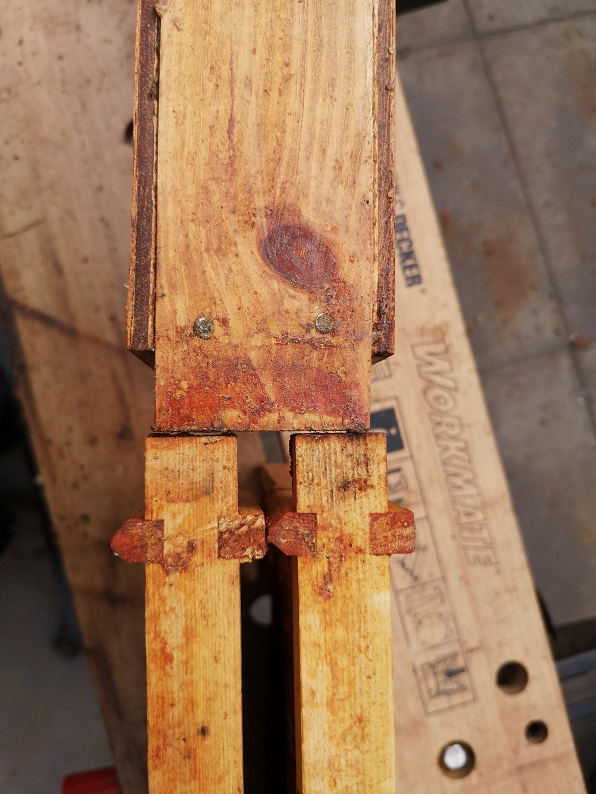
Stewart’s description of making my boards.
The dummy boards will vary in size depending on which type of hive you use, and how thick you want them to be. Using 10 or 12 mm thick timber, make a 4-sided frame the shape of a brood frame without the top bar. This should be 12mm less in width than the thickness you want the boards to be. Nail 6mm ply to one side of the frame, fill the recess with polystyrene/kingspan and nail 6mm ply to the other side. Screw on the top bar which should be 10mm thick.
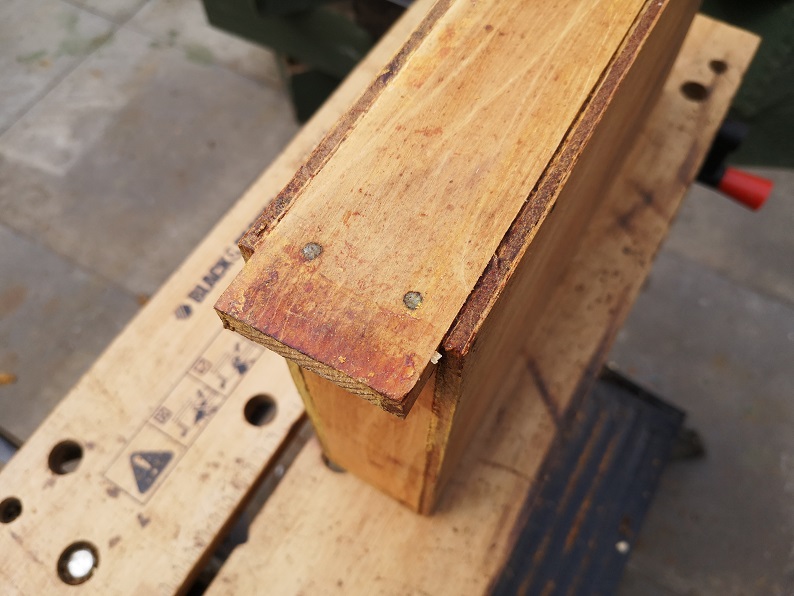

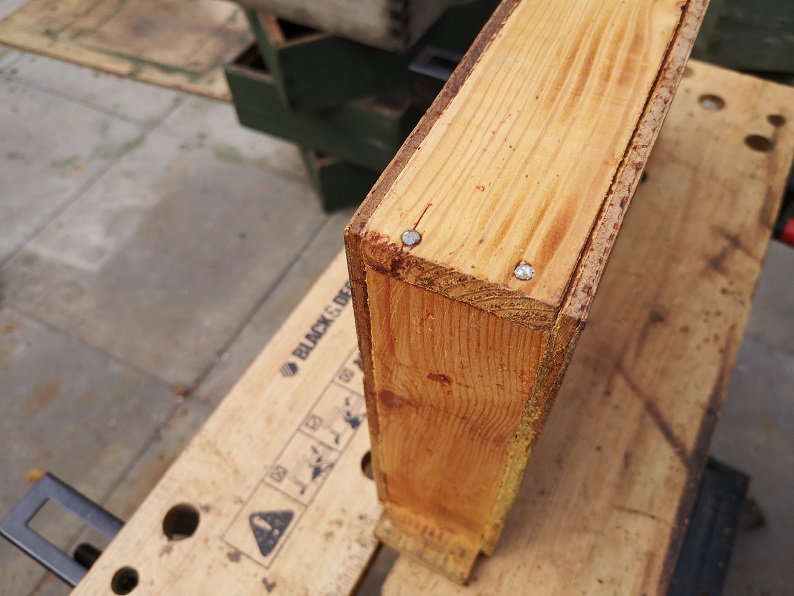
Thanks to Enid for providing the photographs and inspiration to try something new, and to Stewart for making my boards and describing his construction method.

Thank you Ann, I find this post really interesting, as I do all your posts.
We will be keen to hear how these hive progress throughout the season. Best wishes and stay safe.
You too Annette, and thank you for the positive comments.
That’s good Annette. I hope that your season goes well. Not sure about the bees with CBPV as they have DWV also though the varroa burden is not high. I’ve just done sugar rolls tests on all the colonies before the start of the OSR nectar flow. This would be the time to take them to a “hospital” apiary, if I had one!
Thanks Ann
I think it was Fred who’d told me about this system a few years ago. He did it for giving the bees extra insulation during the winter month. In my case it worked very well as the colony increased and I replaced the wide dummy boards with frames and ended up with very strong colonies. The other benefit was that I could easily divide the double brood boxes when they started to make preparations or new queens. 🙂
Thanks for sharing this Anna Maria. Good to know of your positive experiences with this system.
Very useful post. Ann. I now have a clear understanding of how to build, and use, these internal insulation/dummy boards. An experimental study that compares the development and health of colonies living in hives with and without dummy boards would make a valuable contribution, methinks, to helping us tune up our beekeeping techniques to make them more bee-friendly.
Good to know that this is helpful, Tom. A study would be interesting and I look forward to hearing how you set one up.
Fascinated to find this article. I was thinking of “inventing” this method to avoid the brood and a half problem and use the bees natural building instincts. I hadn’t thought of the insulation benefits.
A project for the winter and next year perhaps. I would be very interested to hear how you continue to get on with this system.
What do you do about swarm control for example? Do you use a full brood box for a split or two with dummy boards?
Hello, Catherine. Welcome to beelistener. I’m pleased that you found the double dummy board system useful and that you might use it yourself. I use the nucleus method of swarm control mostly (see previous post). You can mix and match with double dummy boards and adjust to any configuration of frames in a brood box. They are very useful when you are building up a nuc in a full hive body and you want them to keep cosy.
I am wintering with a double brood box system in one colony which has substantial capped honey in the outer frames. I was thinking of taking the outer frames out for the honey and substituting wide dummies from insulating sheets as well as giving them plenty of liquid feed. However I am not a handiman and not up to creating wooden dummies as illustrated above. Would it be sufficient and not harmful simply to insert suitable cut insulating boards with their foil covering but without any wooden further frame?
You could do that Alastair but I wonder if it would not be best to leave them with their configuration of honey on the outside, and leave any changes like that till next season? The honey stores will be good insulation but, more importantly, far better for them to over- winter on than syrup. I don’t know where you live, but here in northern Scotland we need to have all liquid feed on board by end September as it gets too cold for the bees to evaporate the water which can cause diarrhoea later on (unless you use inverted syrup which can be used at any time). I only ever take honey from above the brood boxes of my colonies. They need around 40-45lbs of stores per colony over winter on average. A BS standard brood frame filled with honey weighs around 5lbs.
Many thanks Ann for your speedy reply. I am in Glenlivet and my bees are of black bee stock and hence ae meant to be hardy ! I have WBC hives (3) and hence have the extra protection of the outer wall. I fully understand what you are saying which echoes one of my mentors a retired beekeeper who lives in the area at the top of a hill. My other mentor is a much younger but keen and successful beekeeper who lives near Aberdeen and hence perhaps not so exposed a site for his bees. He is keen for me to take the honey ! I would not usually take honey from the brood boxes (I have been keeping bees for 3 years now) but this year is the first I have used double boxes on one hive and there is so much capped honey in the outer frames I have to consider my options. Hence I have sought your wisdom and experience and will now have to seriously contemplate which course to adopt.
We are almost neighbours then Alastair! Lucky you living in Glenlivet but it will be tough in winter up there. Since you cannot legally sell honey from brood frames, you could compromise and take a frame for yourself if there is so much!! Amm bees are thrifty bees and will be storing lots in your double brood box system. Did you have them on a single box for the heather? I used to use “Jumbo” deep frames, 12″x14″, but they were no use for the heather because the queens stop laying so prolifically around August time, and the deeps would have been filled with heather honey and not much stored above.
Thanks again for immediate response Ann. Yes it can be tough for us all in the glen but we sometimes escape down south although perhaps not this year. We are in the low ground by the Livet water so have some protection and I haven’t taken the hives up to the heather as they are WBCs but the heather is within half a mile so we get a burst of it in the later crop. Maybe your compromise is a good idea as I dont want to imperil my lovely new queen in there who has been laying well with a good pattern in both brood boxes. We dont sell our honey so thats no problem. One small query as to sugar solution. I made some myself earlier in the year but buy in my winter supply from Highland Bees. Their website says it is Apisuc which I cannot trace so dont know whether it is inverted or not. My then 2 hives survived last year on it. Perhaps I will call them and ask unless you happen to know.
Yes, Alastair, Apisuc is inverted sugar syrup so ok to use anytime.
Hi Ann,
Is Enid using this wide dummy board method year round do you know? If so, I guess the supers are full capacity when on?
Come spring, do you know what method of swarm control Enid uses?
I am curious to try this method this year so any tips would be greatly appreciated.
Thank you
Hello Shane, you could write to Enid yourself for details of her beekeeping management system. Her contact details are in The Scottish Beekeeper magazines, or you can send me a private email asking for details. She does use the wide dummy board system all year round as far as I know. If you think about it, 16 brood frames are positioned in a way not unlike the natural arrangement of a wild bee nest in a tree, and with excellent insulation properties.
There is plenty space for over winter stores. Yes, during the season one would have full boxes of shallow frames above in the supers. Any form of swarm control works with this system. I use the nucleus method because it is easy and suits my beekeeping management style.
It is quite straightforward really using this method. You can move the 2 outside frames with stores from the bottom brood box to the new top box and make some space below.If you do this when the weather is warm enough after they have built up well end April/early May (depending where you live), you can move a couple of frames of sealed brood up too between the frames of stores which gives space for the dummies below. What you don’t want is to do this when the weather might turn cold and cause the brood to chill leading to chalk brood. Although you have insulated dummies you are altering the brood nest slightly.
I’m not sure if you have subscribed to the beelistener? but if you do then I can answer any future questions you may have when you try this next season. All the best, Ann.